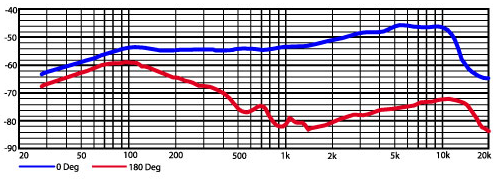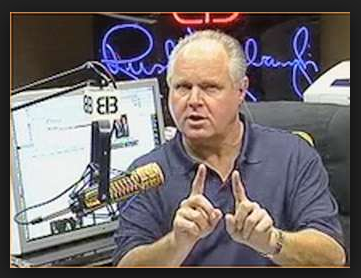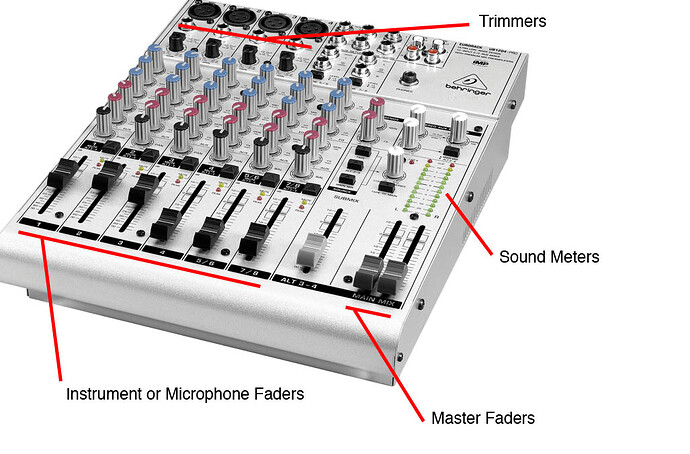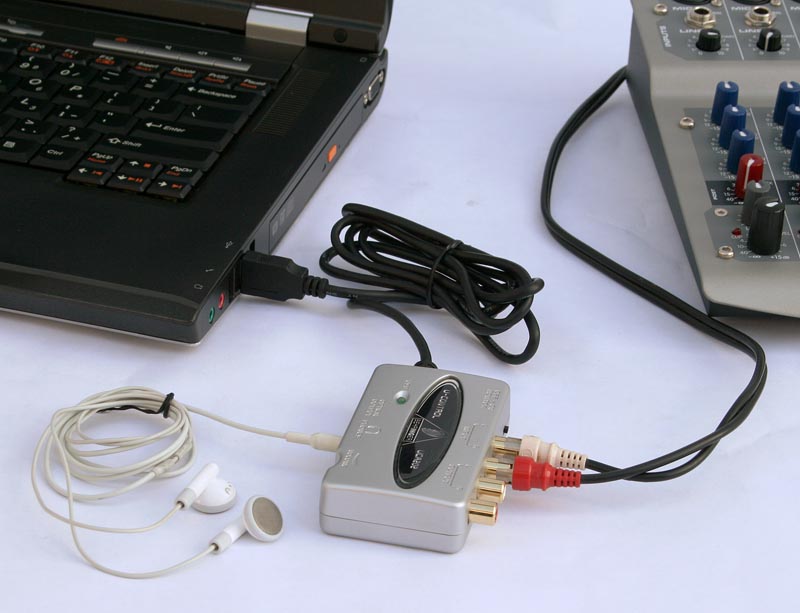Just so you’re not on the edge of your seat. That makes your legs fall asleep.
You mean it is better to use two dynamics microphones like re-20 & heil pr-40? or you mean that using two mics will result in getting half the quality?
Different quality. Two microphones on one instrument or voice is almost never recommended. It’s too hard to control the physical placement and combining two different microphones can give unstable or undesirable sound. There are instruments like drums or pianos that have very different sound depending on location. Those are routinely double or triple miked. The best way to capture that is on separate tracks and mix down to one track in a quiet room in post production. “Cymbals are too loud. Pull down Mic #3 a little.”
Microphones have a reputation for a particular working technique. The Shure SM57 has a reputation as a good drum or instrument microphone and the SM58 is used by rock bands all over earth for voice. The world will not end if someone sung a song into an SM57. I’ve shot physical effects [breaking glass, banging sounds] with a SM58. Many times it’s just personal preferences or experience. Or what you have.
So you think it is better than the Hiel PR-40 ? I mean I’ve realized that PR-40 is sounded deeper and rich compared to RE-20 and I do not know if it is a matter of adjusting the mixer or it is something related to the microphone itself.
I do not have nor have I ever used an RE-20. I do know it is very highly thought of in the radio community and nobody will be shocked if they walked into a radio studio and found them mounted above the desk. Rush Limbaugh broadcasts three hours every day on radio stations across the US (and possibly elsewhere). In Los Angeles, he’s on the powerful KFI 09:00 to 12:00. One of his catch phrases is using "The Golden EIB (Excellence In Broadcasting) Microphones.
He’s far right-wing and I can’t listen to him. But he does have an RE-20 and it is gold. I hope they took it apart before they sprayed it. Spray paint will ruin a microphone.
I don’t have or have ever used a Heil PR-40. If you have and you like how it sounds, then we’re done picking a microphone. There’s a note about one of the diagrams at the bottom of this page. The blue line tells us how the microphone works with different pitch tones, lower pitched tones on the left. There is a “droop” in the blue line from 100Hz and to the left. That means the microphone is suppressing rumble, thumps and other “large vehicle driving by” sounds. When I shoot voice, I intentionally make that droop more extreme.
There is a gentle “haystack” rise in the blue line starting about 2KHz and falling around 10KHz. These are the “small child screaming on an airplane” and “tiny dog barking” sounds. It makes a voice performance “bright” and “crisp.” If you have a crying baby on mic, it can drill holes in steel.
AM radio stops at 5KHz. That’s what gives it that slightly muffled, muted sound compared to FM. FM radio goes up to 15 KHz. Much more open and crisp. Note the blue line has fallen seriously by the time it reaches 15KHz.
I will need a boom arm for the microphone so it is like those we see on the radio studio.
It’s a good, stable, light-weight, general stand. We have two different stands. The other is the same size, but is of the older “Atlas” design with a very heavy, steel, round base. After you work with the lighter one for a while, you leave the Atlas home.
A floor stand doesn’t have to go on the floor.
That radio shoot was in the Main Conference Room because it’s dead quiet with no echoes. I had to be very nice to the people that schedule rooms to get it. I only used the lights that didn’t make noise; some of the dimmers buzz. The quilt is on the table to cut table sound reflections. Reflections can affect the quality of a voice as the head is moved.
We had to completely clean up and leave by the time of the next meeting.
what about the other items in the picture?
The red thing on the left is a coffee cup. Decaf, as I recall. Behind that is one of the two Polycom sound modules the room uses for video conferencing (not related to us). If I had more time, I would have staged it better. As it was, the announcer started to tear down before I could stop him.
The computer is a MacBook Pro with Audacity. It’s talent is a very high quality Stereo Line-In connection. Next is the Peavey PV6. Then the desk pad, microphone stand with microphone, shock mount and blast screen.
Next over is the protection recording. That stuff all belongs to the announcer, so I’m fuzzy, but I think that’s a Rhode NT1 with shock mount, blast screen and room isolation panel assembly (fake studio). The headphones are Koss Pro3A and I don’t know who made his. He was recording on Zoom H-something which he removed before the picture. I said several times the announcer could have recorded the whole thing in his office, but he said he wanted me to shoot it.
It is more than 1000 $$ .
The FP33 is $1300 usd. I didn’t buy it. I was fixing it for a friend in Florida who called and said keep it, he was getting a new one. It only works on the Left. It’s an extremely well behaved mixer and has very low self-noise (sssssssssssss). I use the one channel still working.
We have many Mackie mixers at work. They’re very inexpensive, but seem to work OK. Our constant complaint is they never made a simple one. Many times we use a mixer as a volume control. I don’t mean change the volume of the flutes and violins in a complicated mix. I mean turn up the volume on your radio, or turn the volume of the room speakers down so you can answer the phone. One knob out of the thousands of knobs on the mixer. Many edit rooms in production companies have similar mixers doing similar jobs, so we just put up with it.
Nicer mixers have three places to control the volume of the performance. Taking them backwards. Main Mix or Master sliders – sometimes red – control the volume of the mixed and balanced performance as it is applied to the recorder, transmission service, or transmitter. If you pull those down, the whole show fades to silence.
On the left are the multiple channel faders. Eight, ten, twelve and up. Each microphone or single source of sound has one. You pull one of those faders down and only the violin goes down leaving everything else.
If you have a very loud instrument, its fader will be very low – toward the bottom. If the singer is a weak-sister with no volume at all, then her fader may be pushed much higher to bring her up and form a pleasant mix with the others.
Many mixers stop there, but some mixers have trim controls – usually way up on top next to where the microphone plugs in. Their names are sometimes different. They provide a way to, in effect, tell the microphone amplifier what kind of performance to expect so it can work the best that it can. Miss singing-quietly-in-her-beer can be made louder at the trim control instead of the fader, allowing the fader slider to return more to the middle of its range. The Diesel Air Horn performer can be trimmed back, so his performance doesn’t overload the microphone amplifier and his performance better balances with everything else – also with his fader more in the middle of its range.
So now you have a division of duties. The Trimmers pre-condition each instrument and voice for application to the Faders. The Faders change the balance between performers and the Masters control the volume of the whole show as delivered. See pix.
Koz




